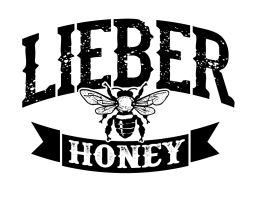If you’ve watched many period films, or read history, you’ll know that sometimes the monarchy gets overthrown. That’s true in a bee hive as well.
When a queen is failing or nearing the end of her life, the hive will draw out a few queen cells to hatch a new queen. That’s a fairly peaceful event, though the queen who hatches first will execute the other ladies in waiting.
While bees can handle this situation naturally, they can’t control for genetics. BeeKeepers can. Calm queens produce a calm hive, which is safer for the public and calm queens are usually good producers. So sometimes the BeeKeeper must re-queen a hive when the queen in residence is failing. That’s the best way to control the quality of the genetics of the hive.
Until we place the new queen on the throne, we must take very good care of her. New queens who have been fertilized by drones (male bees, who only serve be be consorts of the queen), are place in tiny “queen cages” with two or three attendants until they can be placed in a hive.
Queens don’t feed themselves, of course. What queen would?! So the attendants walk the inch or two to a little sugar cake inside the cage that blocks the entrance, they scrape off some of the sugar and carry it over to her. They also bring her water to drink. If she had no attendants she would die.
So while the queen is in the cage before we place her in a hive, we must take care to make sure the attendants have access not only to the sugar cake, but also to water and a bit of honey if they’re in there very long.
Here is a video where you can see how we feed them and maybe see which one is the queen – she’s the one with the longer body.
Queenly wave,
Jana, The BeeKeeper’s Wife
